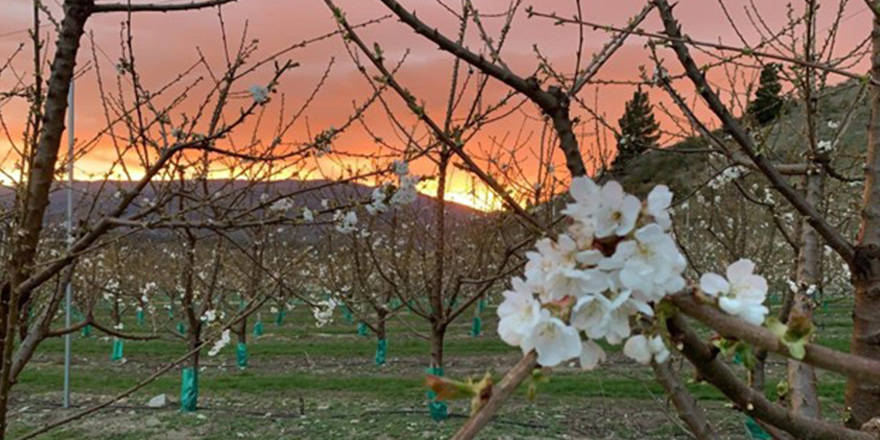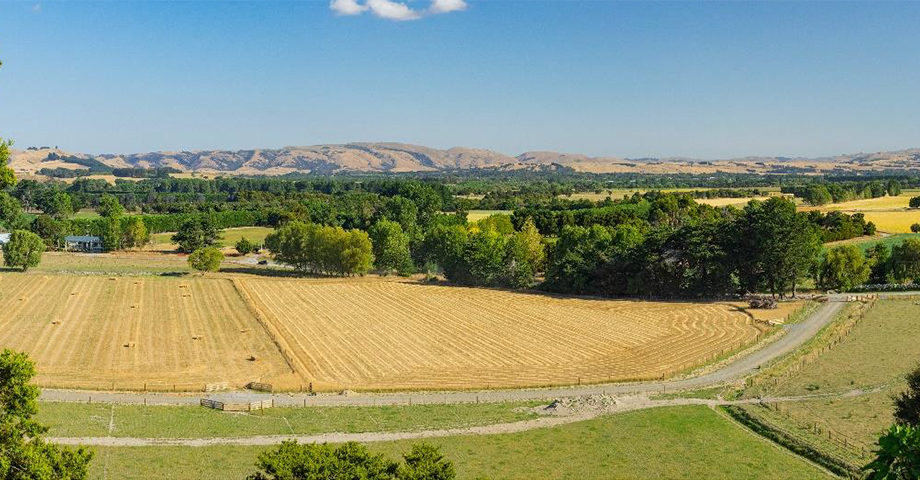Executive summary
Hill country farming on the East Coast of the North Island is becoming increasingly exposed to global and national economic, social, environmental and regulatory trends and pressure is building towards significant change from the status quo. So what will hill country farming on the East Coast of the North Island look like in 2050 and what are the challenges and opportunities hill country farmers and communities will face between then and now?
This research sought answers to those questions by asking the opinion of thought – leaders involved in roles that support the East Coast hill country. The results paint a picture of a complex, dynamic, connected and increasingly changing hill country environment where the future challenges appear daunting but the opportunities present a strong case for optimism. Overcoming these challenges and seizing the opportunities will require significant adaptation by hill country farmers and changes in land use and farm practices are inevitable.
Key to successfully navigating this change will be changing mindsets and attitudes towards change, improving governance and developing leadership capacities among rural communities; challenging yet necessary steps to positive change. Leveraging the story of hill country farming could protect demand for its produce and possibly add value, however this story needs to be backed with credible and trusted assurances around the safety, integrity and responsibility of hill country food production. Hill country farmers should strive to excel in this regard in order to maintain our current point of difference with most international competitors.
Achieving this across the East Coast hill country will require much higher levels of knowledge sharing and cooperation between farmers and other farmers, rural service providers, rural communities, businesses, industry bodies and policy makers. Supporting institutions should invest in developing approaches to achieve this and ensure close attention is paid to the diversity of people, place, needs and motivations that exist throughout the hill country.
This report concludes with three broad recommendations for actions that could be taken to support a healthy and vibrant future for the East Coast hill country. They are:
- Develop a holistic understanding of the macro-context within which hill country farming operates, including expected trends and changes in the long-term. Use this understanding to create a broad vision and direction for hill country farming that;
- Promotes open-mindedness, systems thinking, and long term decision making; and
- Strives towards ambitious goal s for food safety, integrity, resource sustainability and ethics
- Broaden and improve the measures we rely on to inform on-farm, local, regional and industry level decisions, including aspects that will be important to consumers and society long term, and m ore nuanced aspects of our farming systems.
- Engage, support and empower farmers and rural communities to share knowledge, ideas and co-create solutions that are appropriate in terms of scale and time frame.
Farmers need to be making smart, holistic, long-term decisions about the land uses and practices they employ, among other things. These recommendations may go some way to supporting farmers to make decisions with the best possible understanding of their context, in order to give hill country farming its best chance for the future.
Sam Lang



